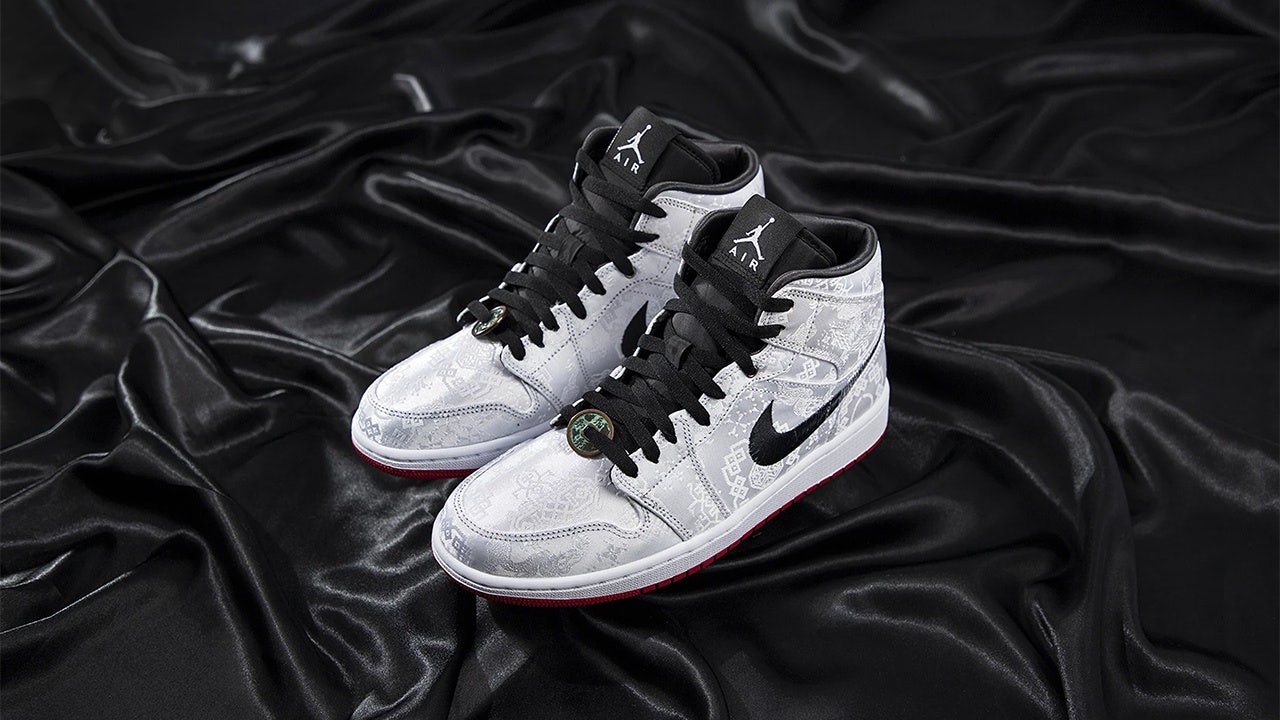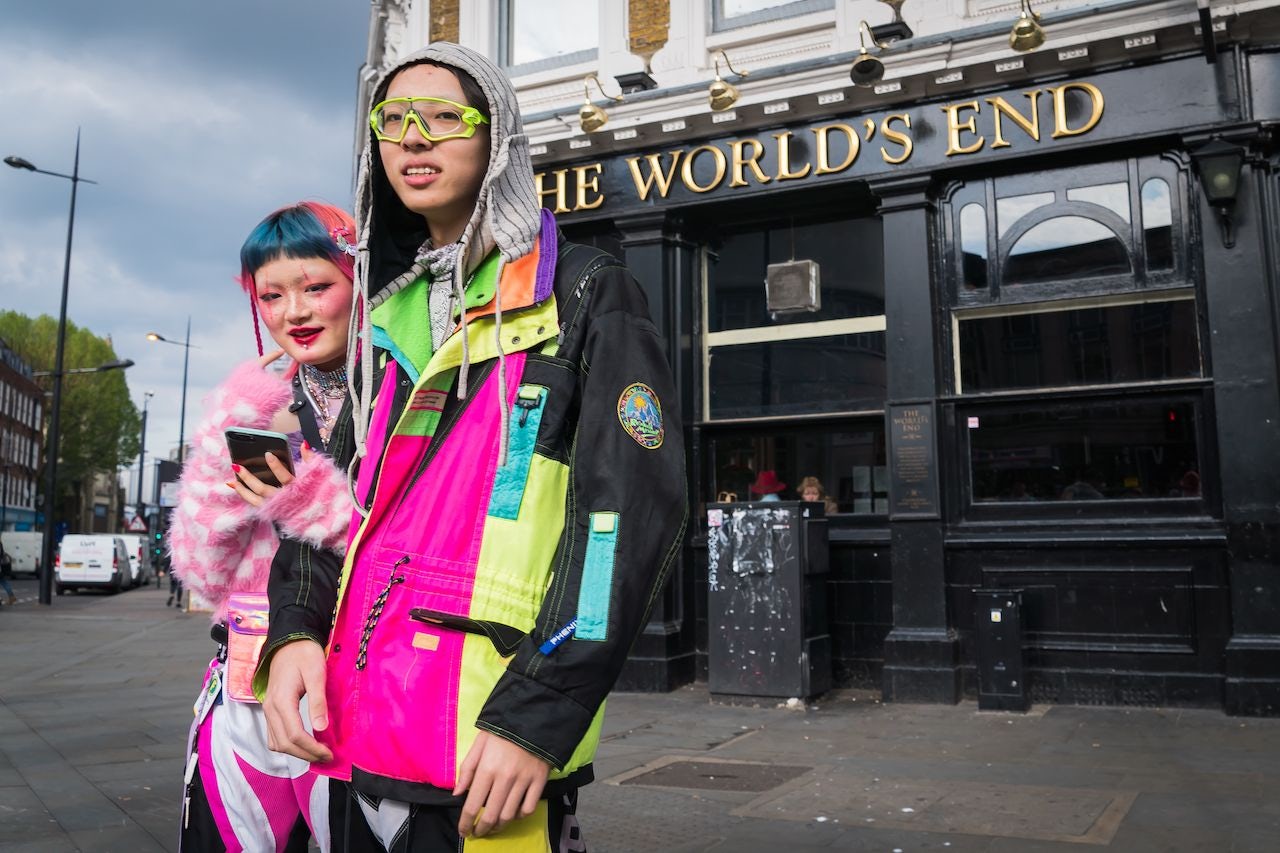It was a moment of relative silence. In a large exhibition center in Shanghai that boasted flashy billboards and upbeat music, groups of people acted in unison as if they were an army battalion. They were raising their phones to scan a QR code on a large screen, hoping to be one of the lucky few to get a pair of sneakers called the Jordan 1 Mid SE Fearless Edison Chen CLOT, which would soon be off the market forever.
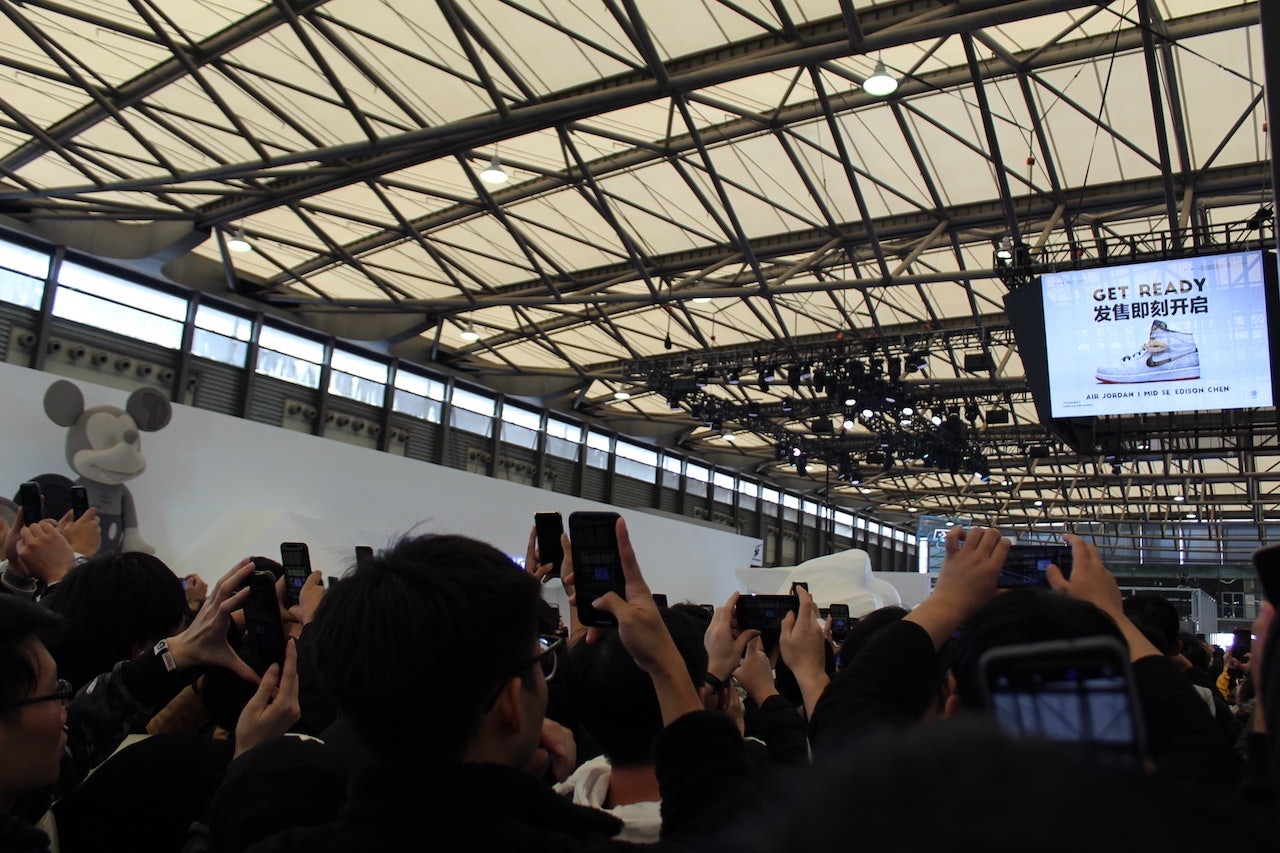
“I didn’t get it, again,” said Steven, a disappointed sneaker fan who flew all the way from Guangzhou to Shanghai to attend this three-day-streetwear festival known as Innersect (or ComplexCon in China). Steven desperately wanted those exclusives Clot sneakers, as he’s a fan of the brand and its founder, Edison Chen. He struggled to scan the QR code, which was the only way to access the drops, and he told me a fight broke out the day before because a scalper carried a bot to cheat the system, angering many hardcore fans.

“Innersect is a love and hate affair for me,” Steven confessed. This is his second time attending the fair, but he noticed this year’s edition was more crowded, chaotic, and harder to get into as more people have entered the sneaker trading business. However, an event with this scale and caliber of streetwear brands is hard to come by. Its competitor fair, Yohood!, happened earlier this year in Shanghai, but is focused on homegrown streetwear brands rather than international ones. After the drop, Steven pointed out some of the notoriously-hard-to-get sneakers that were being worn by visitors, from Para-Noise, a collaboration between the Korean celeb G-Dragon and Nike (resell price now up to 11,000), to Fear of God 1 by the high-fashion streetwear designer Jerry Lorenzo.

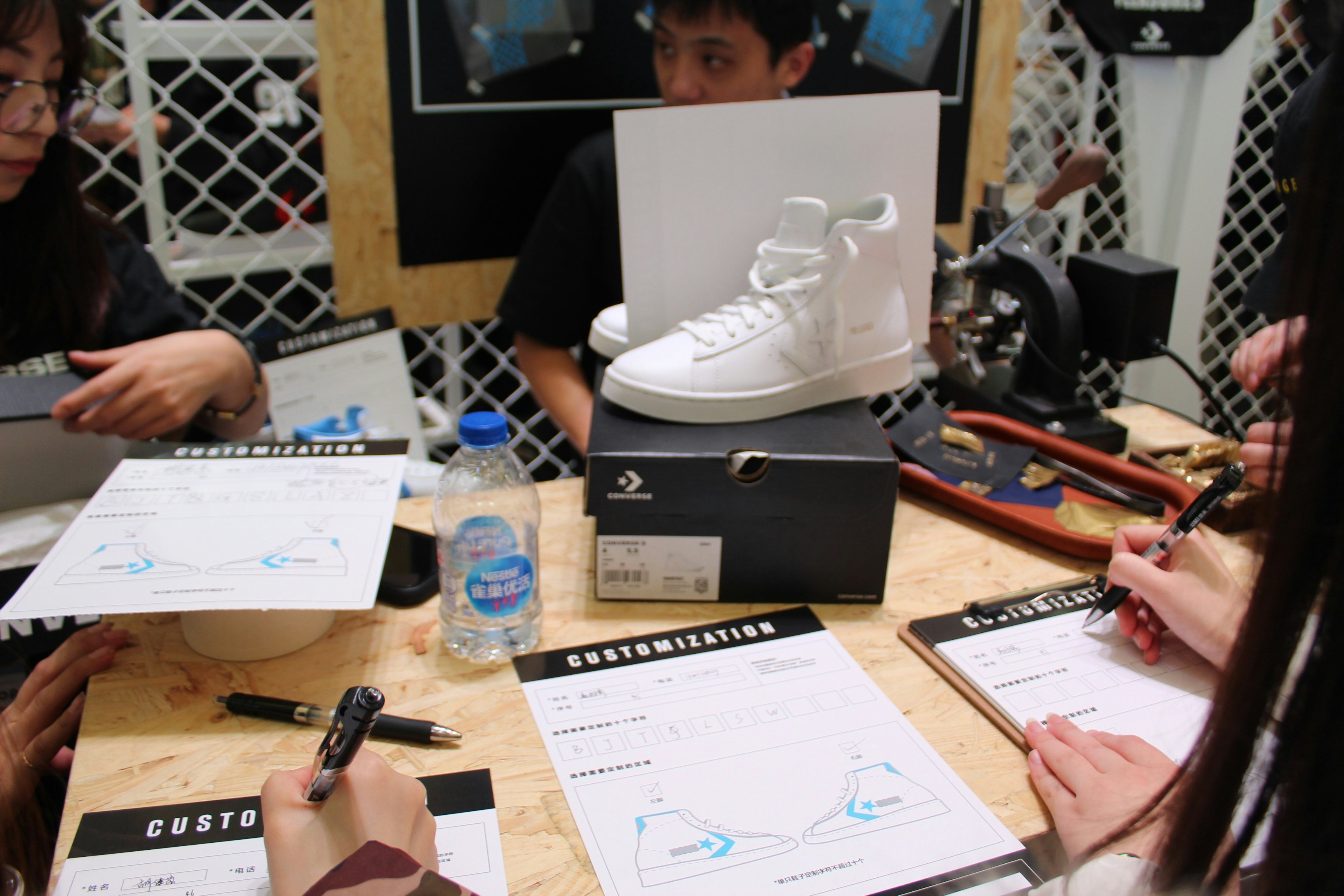
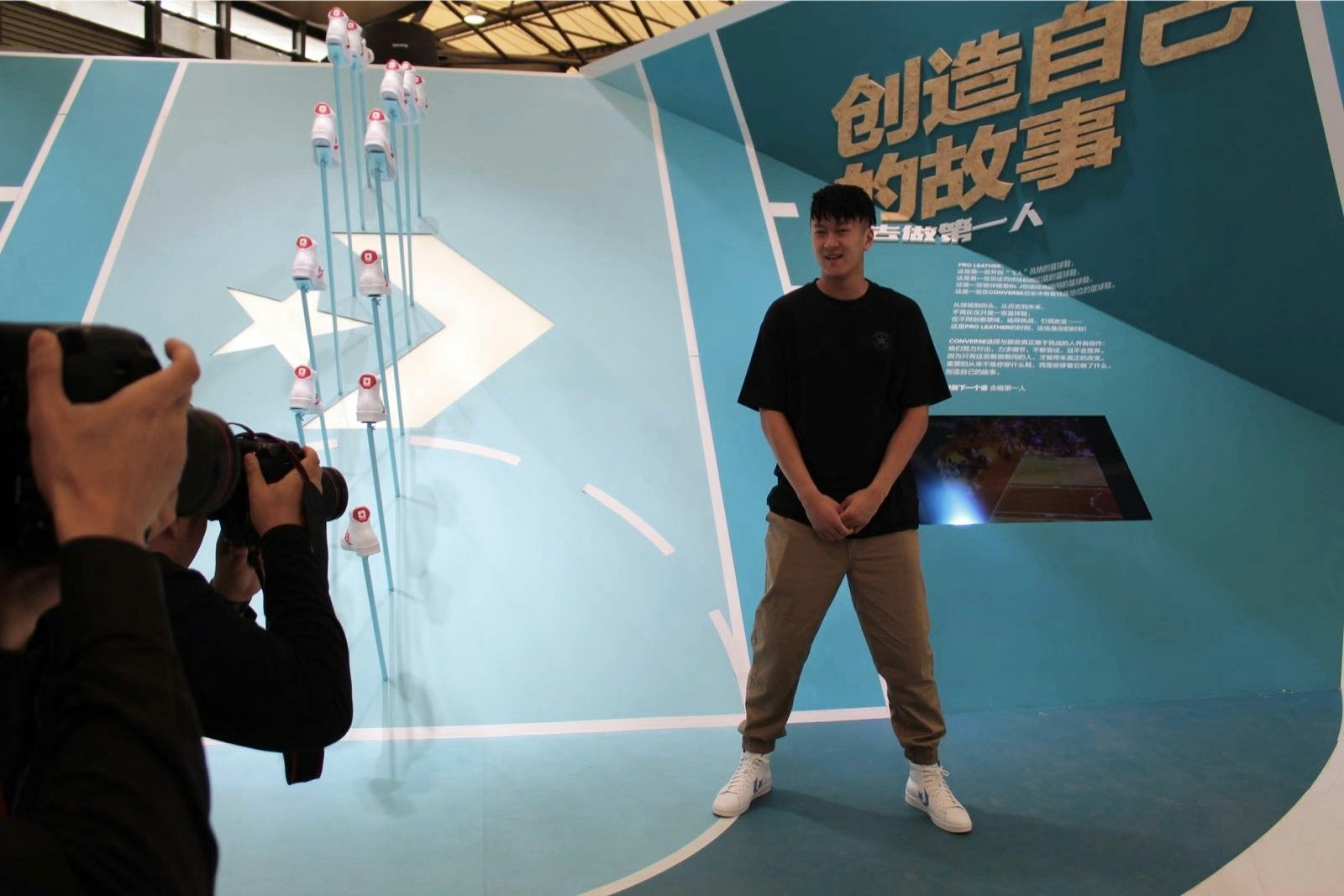
Sneakers weren’t the only hot item at this year’s Innersect, though. American artist Daniel Arsham’s booth, which hosted the release of his exclusive Mickey Mouse figures (designed in collaboration with Disney), saw one of the longest lines this year. They were priced between 352 to 28,127, depending on the size. A young female fan approached the artist — who was surrounded by security guards — for a signature, exclaiming that “he is my favorite, I was in love with his story of a colorblind artist.” She learned this from Arsham’s solo exhibition at the How Museum in Shanghai last year.
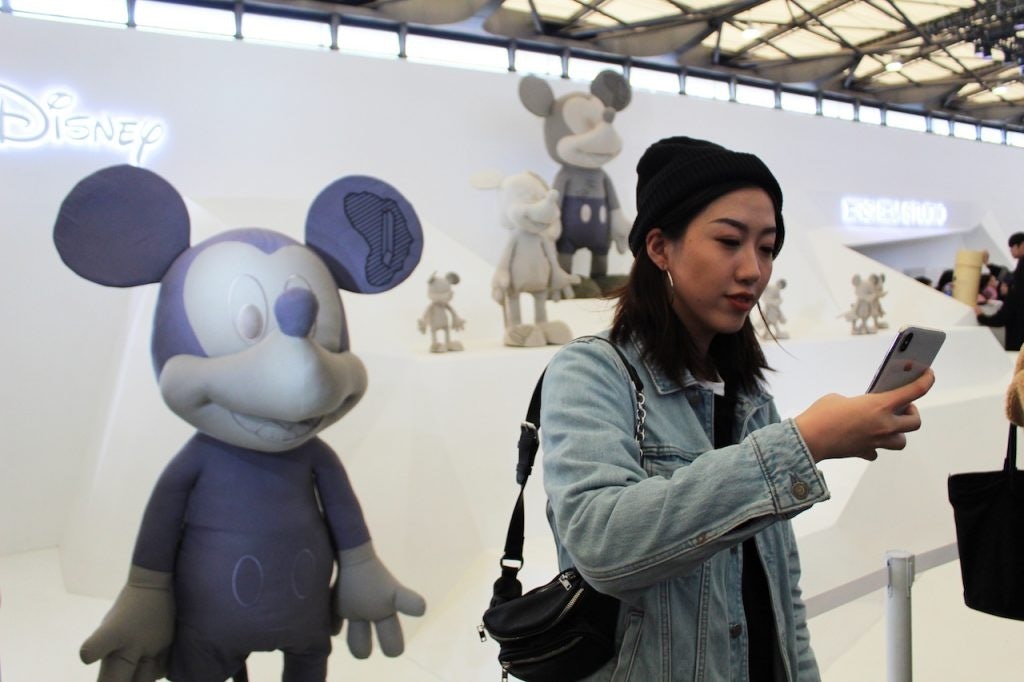
“Now it’s too hard to get his stuff because almost all my friends know about his work and want to buy it,” She said, shrugging. After his collaboration with Dior’s creative director Kim Jones and his of crystal-eroded Porsche artwork, Arsham’s fame has only continued to grow. Now he’s one of the most recognizable and commercially successful artists in China.
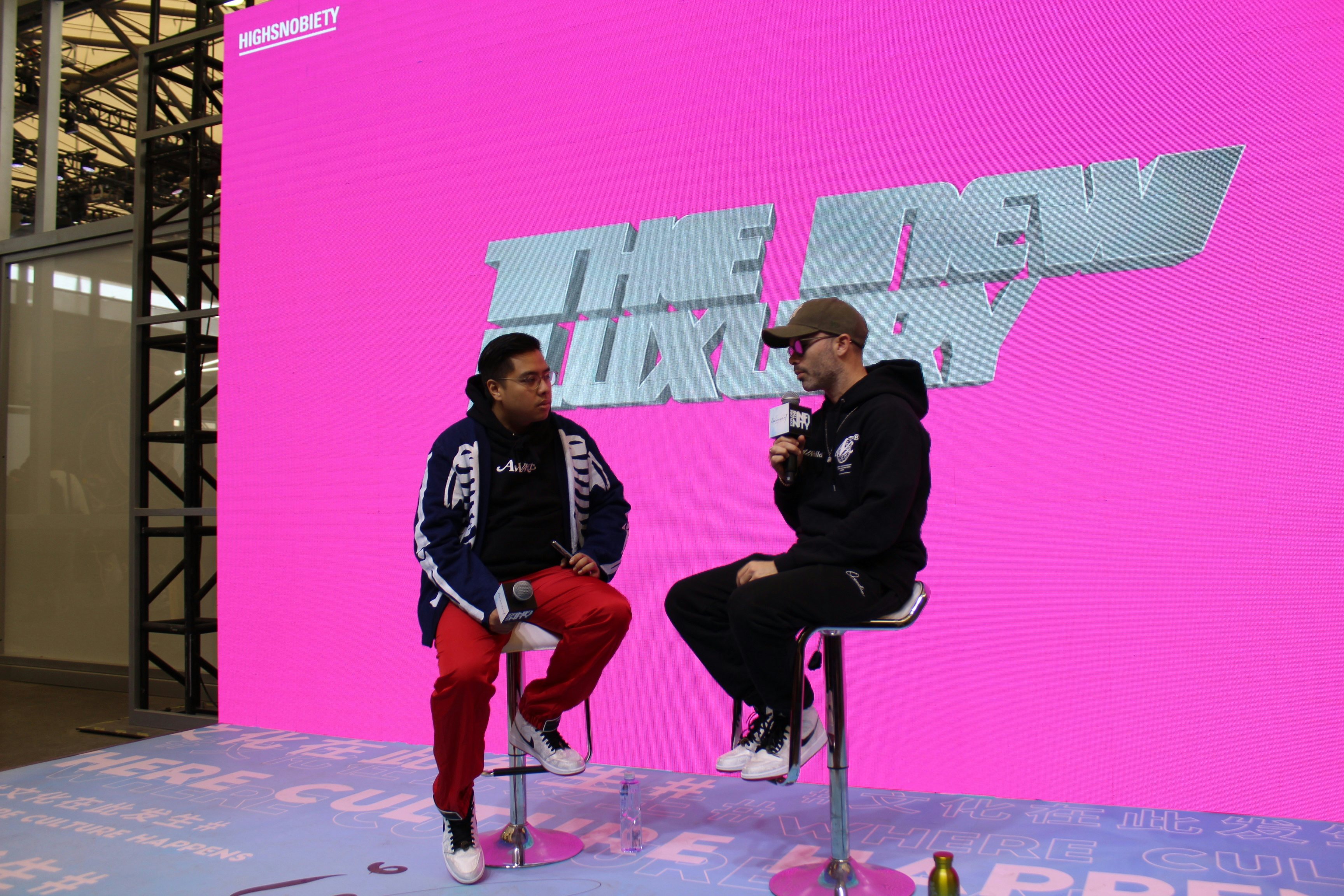
“There is a young audience here,” Arsham told Jing Daily, “and their ideas about merging culture, art, and sneakers are similar to what I think, but I think a lot of art audiences in Europe or the U.S. will never look at sneakers [similarly].” In an emerging market like China’s, where streetwear, art, and luxury have only just been recently established, there is more room for these platforms to interact and evolve in new ways. Some of the event’s attendees also held similar views. “Luxury brands collaborate with streetwear brands for the money and hype, but if I see something I like, I will buy it,” said Yang Zheng, a basketball player invited by Converse for a panel. “Luxury brands want young people,” added Sun Peng, a photographer at Highsnobiety. “I think it’s quite a good thing, and I am drawn to it if it’s visually appealing.”
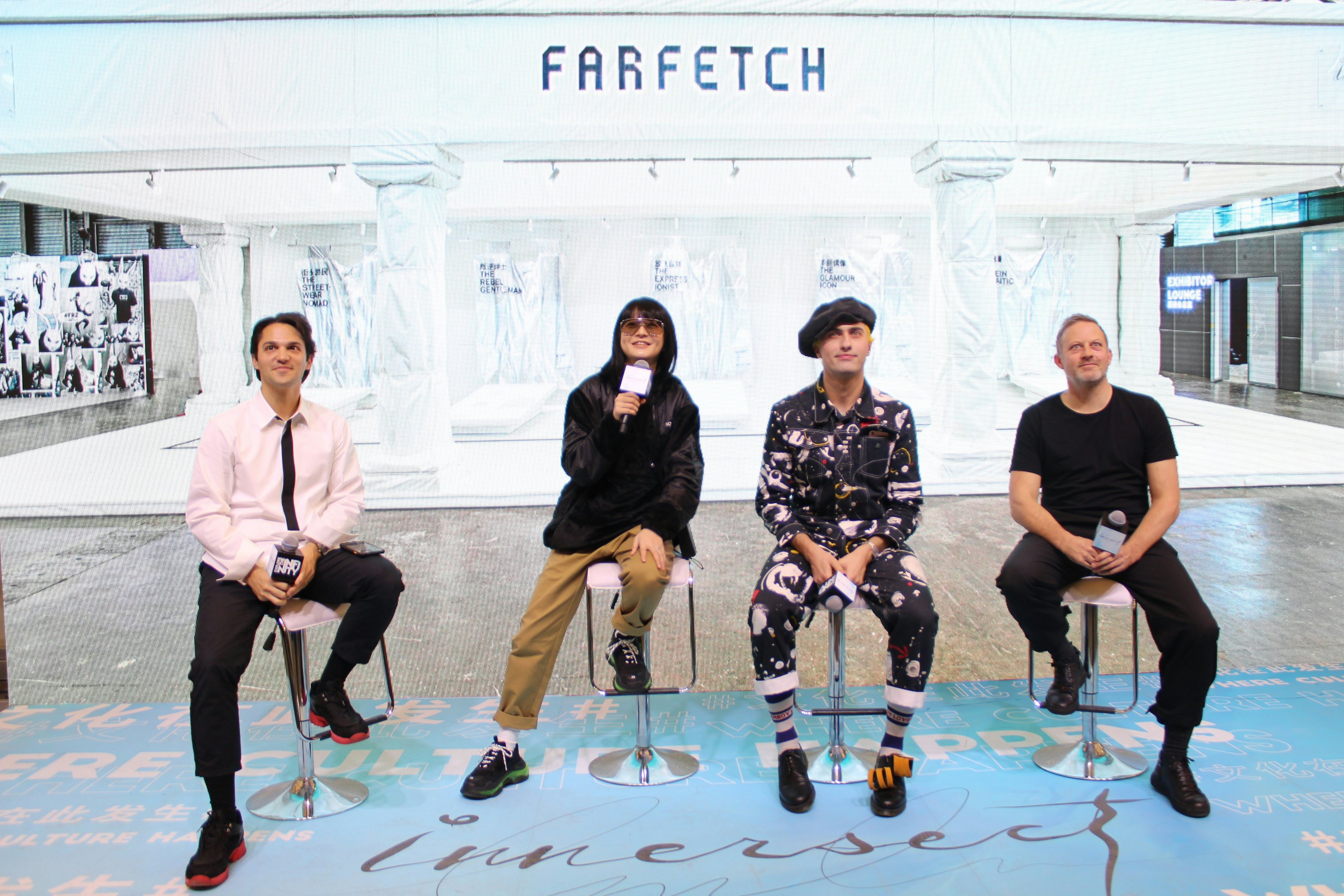
Several parties at Innersect that weren’t born with streetwear DNA also saw good traffic, including an e-sporting company, car brands, the fashion brand Ralph Lauren, and more. Notably, luxury fashion e-commerce platform Farfetch's unique booth had many curious onlookers snapping photos. It’s a classical Louvre-esque building wrapped in plastic white covers and thread along with five mannequins wrapped as well, symbolizing five different fashion attitudes. Outside of the booth, Farfetch also hosted a discussion with stylist Fli Xiaobai; designer of the London-label Loverboy, Charles Jeffrey; and the architect behind the Farfetch booth, Philip Handford. Because of events like this, Farfetch has successfully inserted themselves into the streetwear conversation.
As streetwear culture increasingly merges with fine art, fashion, and technology, it further opens itself up to the mainstream audiences in China. But can it remain authentic in the mad rush to monetize it? Regardless of how one defines streetwear today, it’s clear that China only wants more of it.
